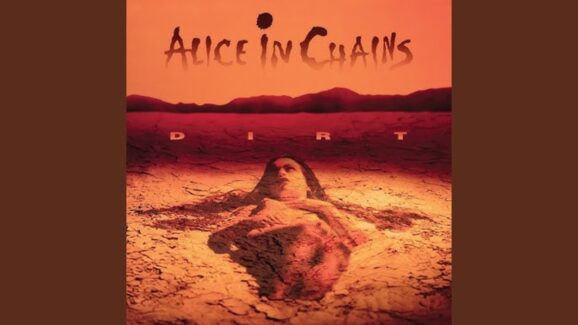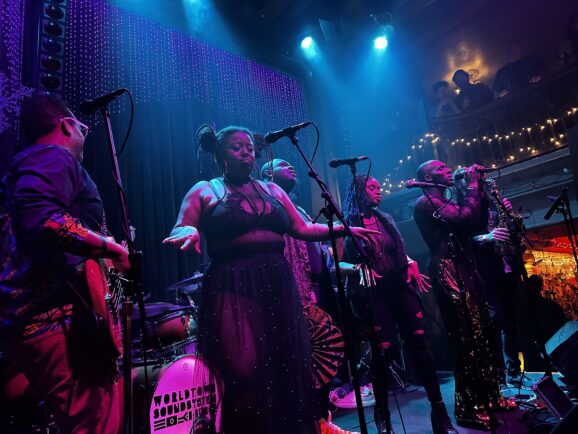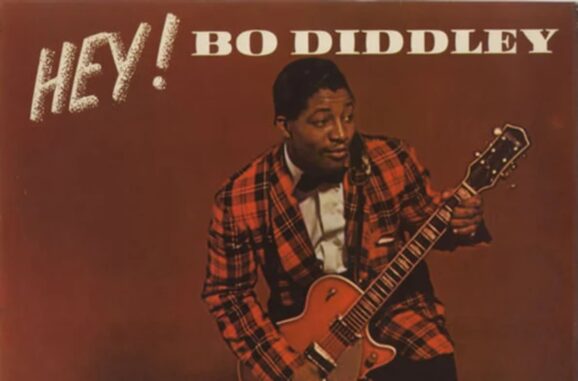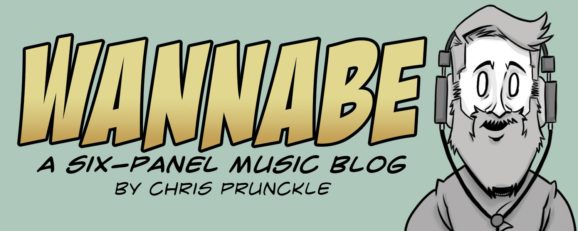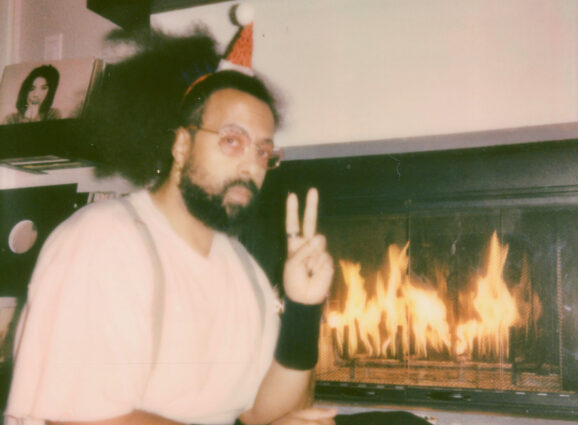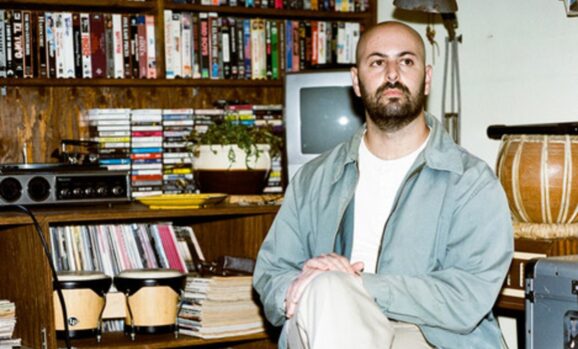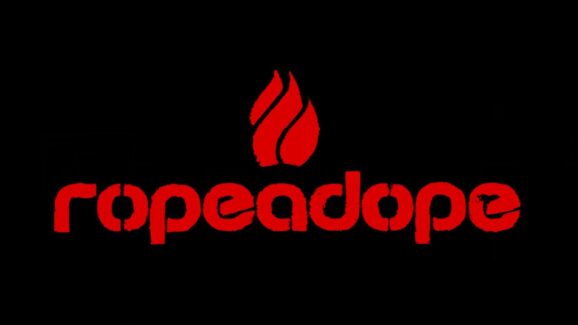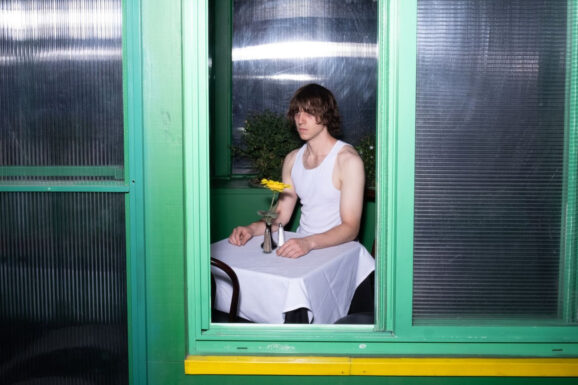The city of Philadelphia has become known for many things. The rich history that lines the streets, the passionate sports fans, but if you ask us, the city of brotherly love doesn’t get nearly enough credit for their contributions to modern music. Sure, when you think of Philadelphia music, you can think of The Roots, the numerous soul groups that emerged from the city at the genre’s height, or the thriving Hip-hop scene that has spilled over into Internet lore. What you might not hear about, and what the music world as a whole needs to become aware of, is the ever-evolving and consistently colorful Jazz scene that has been bubbling to the brim of Philly for some years now—that is where Ropeadope Records comes in.
For the past 25 years, Ropeadope Records has been churning out incredibly innovative music from across genres, providing a platform for some of the most underrated voices in Philly jazz and the jazz world at large. With a relentless creative spirit that allows them to forge new paths in the world of music, Ropeadope has spent a quarter of a century trusting their instincts. These instincts have led them to Grammy accolades, working with Terrace Martin and Tin Hat Trio and racking up one of the most impressive and expansive discographies since Blue Note.
As the label celebrates its historic run and sets its sights on Ropeadope’s future, Glide had the pleasure of speaking with Louis Marks about the label’s origins and their refreshing approach to running a record company. You can read our full conversation below.
You guys must be feeling reflective as Ropeadope nears its 25th anniversary. What are some of your favorite moments from the label’s history?
Yes, not just because it’s our 25th year, but today’s music business (and world) demands that we carefully reflect and consider a clear path for the future. There are so many highlights, and every album and musician is important – but for me, I’d single out:
The Philadelphia Experiment
The amazingly productive years from 2004 – 2008 for the clothing lines. Designs that still look fresh today.
Our work with Snarky Puppy, the launch of GroundUP, and, of course, the Grammy win
The greats that joined our community from 2012 – 2020 – Col Bruce Hampton, Shaun Martin, Eddie Palmer, and so many more.
Ropeadope TV: Fabian and I took it straight to the audience from 2016 to 2022. That was fun.
The arc of Chief Adjuah, a true artist in every sense.
In the beginning, Ropeadope quickly ventured into both music and clothes. Was it always the vision to have Ropeadope as an umbrella for smaller companies and projects under it? How has your vision for the label changed since you started in 1999?
Clothing was always a part of Ropeadope; it connects us with people. The vision has changed as the business has changed, but really, we’re still just a wild teenager pushing back on industry and social norms. In the future, our model will move to patronage and curation of culturally relevant projects.
What sort of nuances define the Philly Jazz sound? How has the city’s art scene evolved since Ropeadope got involved?
There are many more qualified to answer this than I am. For me, it’s not so much the sound but the attitude and the on-the-street reality that make Philly music special. There’s plenty of polish, with just the right amount of dirt.
What initially drew you into Jazz, and why did it feel right for Ropeadope to start in this genre?
Personally, Miles Davis drew me to Jazz. Professionally, Ropeadope exists in a jazz-adjacent world because there are so many innovative jazz players who embody its true spirit – that is, experimentation and improvisation. There is no box big enough to hold them.
What are some essential Ropeadope releases you would recommend to a new fan?
Ahh, that’s tough. There really isn’t anything that isn’t enjoyable on one level or another. Sample the candy store, pick a favorite, and see where it leads.
I do find that there are some key tracks that I return to again and again—“The Yellowjacket” by Shaun Martin, “Funky Southern” by The Funk Ark, “Willow Weep For Me” by Tin Hat Trio, “Truth” by The Heartstrings Project, etc. It’s very personal, and it changes with my mood.
Ropeadope began to venture outside of jazz in the early 2000s with The Detroit Experiment. What inspired this move, and have you always been fascinated with regional sounds like this?
We ventured outside of Jazz with our first record (DJ Logic) and again with Tin Hat Trio (featuring Willie Nelson no less), Bullfrog, Scratch, etc. So we really never were in Jazz, or at least we didn’t see it that way. Regional sounds came about because musicians travel and network, each bringing an unshakeable flavor from their home city. We ARE fascinated by that because it exposes a network of individuals, a family if you will, that exists outside the typical social parameters. They come together with the language and love of music; we just follow and release the music.
You guys have seen the ups and downs of physical media in music and even went with mostly digital releases for a short time. What drew Ropeadope back into the vinyl game, and do you see other mediums like cassette and CD making a comeback anytime soon?
The simple question is, “What drew you away from vinyl in the first place?” The answer to that is simply cost vs sales potential. Once people realized that vinyl is forever, we began to press again. Cost still limits the number of releases that make it to vinyl. Comeback is a word that big businesses use; we see a certain number of people out there who aren’t swayed by the tech flavor of the day and value music enough to own it.
I see you guys aren’t afraid to shift through some submissions. What do you look for in the artists you decide to work with? Is there any underlying connection you see in all of Ropeadope’s releases?
Simple – it’s people first. If the artist is presenting their authentic self, we are in.
Is there a difference between your personal taste and the musicians you work with?
Yes – ropeadope is one part of my personal music discovery path. There is also a bit of an issue when you listen to music for ‘work’ and when you listen for personal enjoyment. It’s exciting for me that I enjoy all ropeadope music, but sometimes I have to leave it behind and take some personal exploration time.
Twenty-five years under Ropeadope’s belt, you guys are still going strong. What do you credit your longevity to? What does Ropeadope have planned for 2025?
Blind Love of music. The ability to buck convention and to scale up and down when the business gets nasty. This time in music is the most difficult we have ever seen for the type of artists we work with. The streaming ‘blender’ makes it difficult for an artist who releases an album every year or two who isn’t constantly touring and creating social media content. 2025 will be a light year by comparison – we have some powerful albums coming – Paul Shaffer & Tisziji Munoz, with Jamaaladeen Tacuma and Will Calhoun—also albums from J3PO, Sonya Belaya, Bright Dog Red, Zela Margossian.
Most of my time in 2025 will be spent building a new organization – Third Way Cultural Alliance – with co-founders Fabian Brown and Joe Pignato – designed to bring a sleek and functional patronage model to contemporary music with cultural relevance.

